
Often associated with vampires, witchcraft, and darkness, bats have gotten a pretty bad rap in our stories and lore.
And yet, bats are a sure ally in the backyard, helping the gardener in more ways than one.
Read on to learn more about these intelligent nocturnal creatures and how to entice them into your outdoor spaces.
About Bats
Of the order Chiroptera, bats are the only mammals adapted to true and sustained flight.
With more than 1,200 species found everywhere except the Arctic Circle and Antarctica, bats are further divided into two suborders:
Megachiroptera (megabats) rely on their eyesight for navigation and are otherwise known as fruit bats or flying foxes; and the more diminutive Microchiroptera (microbats) that utilize echolocation to find prey.
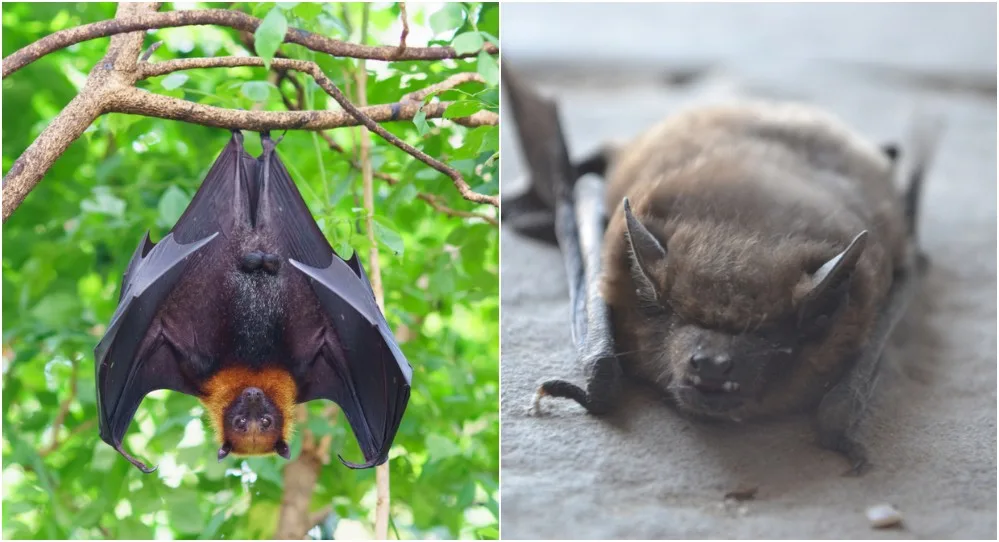
Of the roughly 44 species of bat that reside in North America, most are microbats that rear just one baby each year in early summer and hibernate during the winter.
They typically roost in natural settings such as trees, caves, and rock crevices, but can be found in mines, bridges, and buildings.
The Lifecycle of a Bat
The most common bat sightings in this part of the world include little brown bats (Myotis lucifugus) and big brown bats (Eptesicus fuscus), both of which prey on insects.
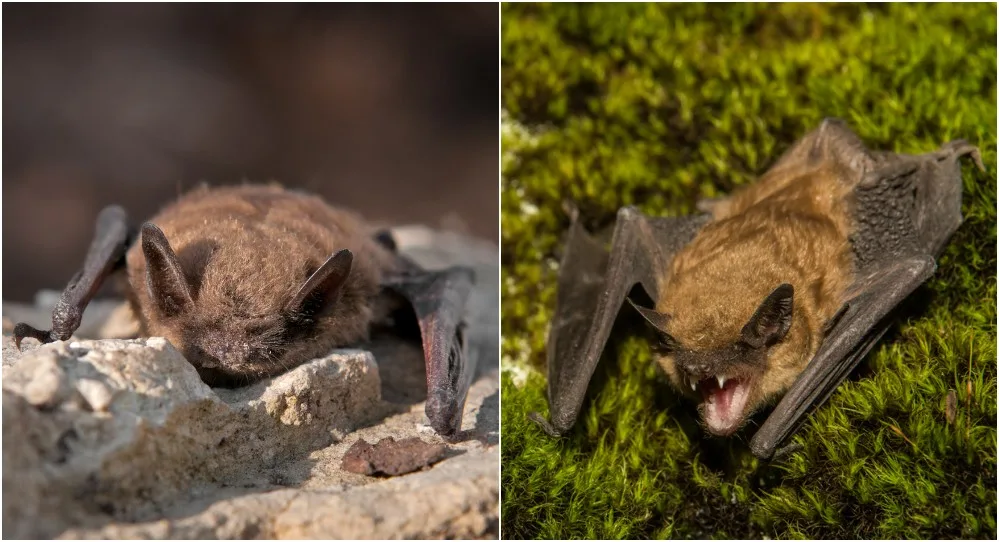
These species differ in size but share a similar lifecycle, mating in fall and hibernating in winter.
In spring, females form large maternity colonies where they birth and nurse their pups. Here they form complex friendship networks that include direct family members (grandmother, mother, daughter, etc.) as well as other bats deemed “friends of the family”.
The maternity colony begins to break up later in summer, but most will return to the same location to roost the following year.
Brown bats have an average lifespan of 6.5 years, but some individuals have been recorded reaching 30 years of age.
Bats and Rabies
Although bats are often associated with rabies, any mammal can contract and transfer rabies, not just bats.
According to the CDC, only about 6% of captured bats that were clearly sick or weak tested positive for rabies.
Bats are not normally aggressive creatures and will avoid human contact as much as possible.
But because rabies is a serious and fatal disease when left untreated, it’s best to seek medical attention immediately if you come into physical contact with a bat.
The Benefits of Bats in the Garden
If the thought of inviting these creatures of the night on to your property makes you bristle, perhaps these benefits will change your view.
Bats Provide Natural Pest Control
Just as birds, wasps, ladybugs, and other insectivores consume an ample amount of creepy crawlies during the daylight hours, bats contribute to this cause on the night shift.
Foraging for food from dusk till dawn, bats may be seen at night swooping along water surfaces and around lights where insects tend to congregate.
Microbats use echolocation to navigate, communicate with other bats, and source their prey, often in total darkness.
Emitting ultrasonic sounds to produce echoes, much like a submarine’s sonar, bats are able to locate prey and estimate its elevation based on the delay in the return of the echo. The rate of “chirping” increases as bats get closer to their prey.
In addition, bat hearing is so sensitive that it can pick up the flutter of wings and the movement of land-based insects.
Once a bug has been located, the bat swoops down and traps it with the membranes of its tail or wings. It will then reach down – while still in flight – and take the insect into its mouth.
Here is a video showing this amazing sequence of movements slowed down.
The average bat will consume around 600 bugs per hour, or between 3,000 and 4,200 each night. A single colony of 500 bats will easily eat a million insects nightly!
Bats are opportunistic feeders and will prey on many different types of pests, including mosquitos, flies, beetles, termites, wasps, moths, gnats, and lacewings.
They are so effective at biological pest control that they save the agricultural industry more than $3.7 billion every year in crop losses from pests and directly contribute to the a decreased use of pesticides.
Bats Provide Nutrient-Rich Fertilizer
Bat droppings – or guano – are a valuable source of nutrients to help your garden grow.
With an NPK ratio of 10-3-1, bat guano can be used early in the season to prep beds and throughout the season as a fertilizer.
It has soil conditioning properties too, improving the texture of sandy or clay heavy soils and boosting water retention.
Bat guano is enriched with beneficial micro-organisms that help keep the soil healthy while preventing harmful nematodes and soil-borne diseases.
How to Identify Bat Guano
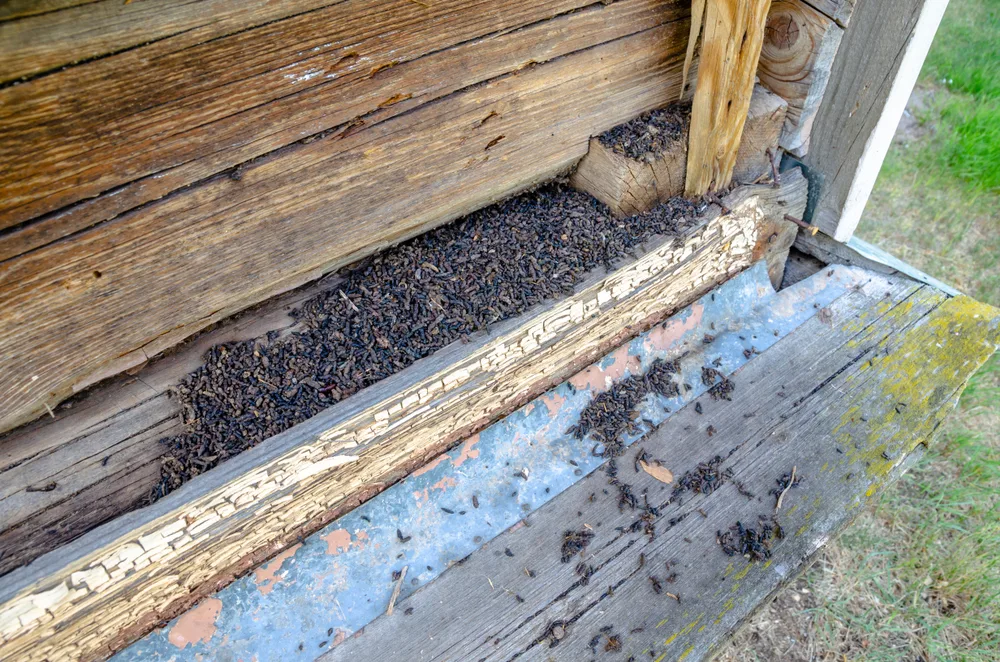
While bat droppings are very similar in size and appearance to mouse droppings, bat guano is often slightly larger with a dry and crumbly texture.
Bat guano also tends to be shiny because of the large amount of insects they eat. The shininess is due to the exoskeletons that remain post digestion.
Discovering bat guano in the attic, garage, or other parts of the home is cause for concern. Since bats can squeeze through openings the size of a quarter, you will want to look for and seal up all entry points. Do so after nightfall so you don’t trap them inside the structure.
How to Use Bat Guano in the Garden
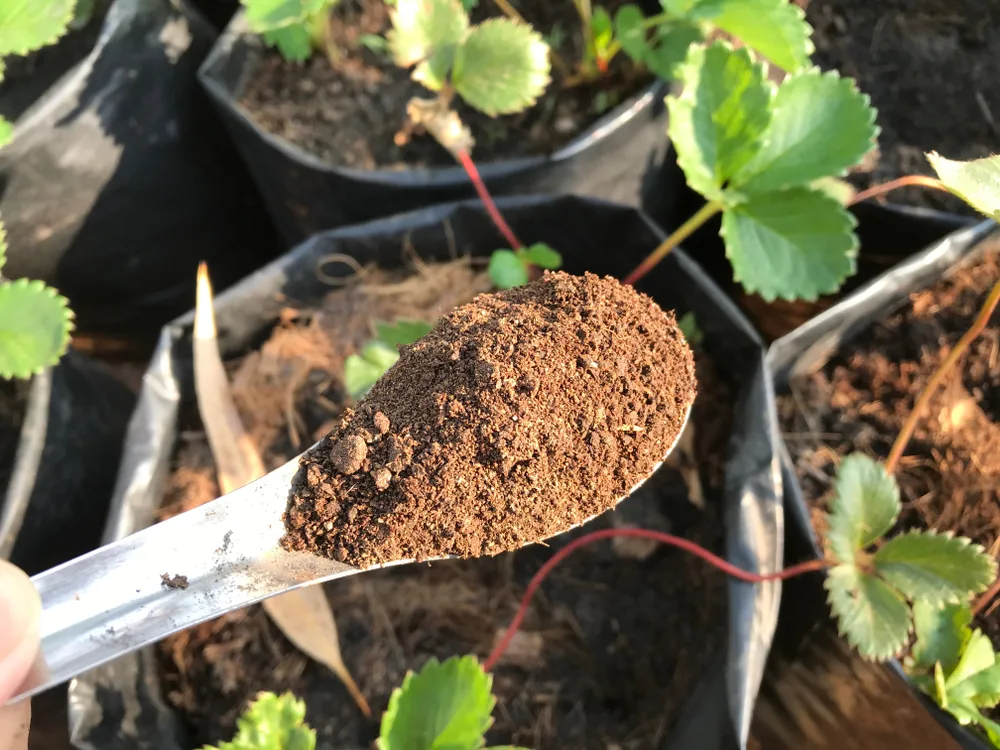
Encouraging bats to nest near your garden is the best way to acquire ample amounts of bat guano. Each bat will defecate up to 30 times per day.
Bat guano can be applied directly to the soil, at a rate of 5 pounds for every 100 square feet of garden.
Or, you can mix up some bat guano tea by combining 2 to 3 tablespoons per gallon of water. Use it as a liquid fertilizer or foliar spray.
Use caution when working with bat guano as the fungus Histoplasma capsulatum may grow on it. When this fungus is breathed in, it can cause the respiratory disease histoplasmosis.
While the fungal spores that cause histoplasmosis are commonly associated with bat guano, it can also be present in soil as well as the feces of humans, dogs, cats, birds, chickens, horses, cattle, and more.
Although the risk is low, it’s a good idea to always wear a respirator mask to protect yourself when working with guano.
How to Attract Bats to Your Yard
1. Hang a Bat House
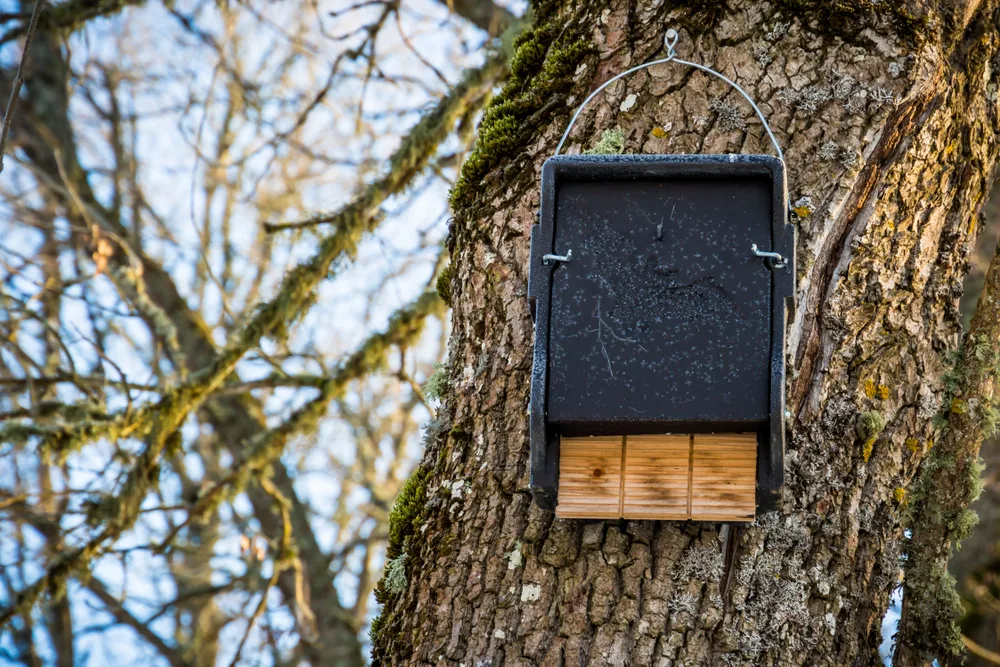
Installing a bat house near your garden is an excellent way to provide shelter and protection against predators like owls, hawks, and falcons. All while nudging them in the direction of your garden’s pests.
The design of the bat house resembles one of the bats’ favorite natural roosting site – the tight space under the bark of a tree trunk. Bats like this narrow space to keep their offspring warm.
The best bat houses are made with untreated wood, are dark in color, and are large enough to have multiple chambers – like this one by Big Bat Box which can house up to 75 bats.
Or you can build your own by following this handy guide.
Once you have a bat house, you’ll need to choose the best location for it:
- An unshaded southern exposure that receives at least 8 hours of sunlight each day.
- It should be elevated between 10 to 20 feet off the ground.
- A dark location at night, ideally without light pollution.
- Preferably within 330 yards of a water source.
- Placed on a house, pole, or other structure; trees are not a good site due to predators.
- The site is unobstructed by branches or other objects, allowing enough room for bats to swoop into the house.
2. Add a Water Source
Bats prefer to roost in spots with access to fresh water.
Check a map to see if you have a natural water source within 330 yards (or about 1000 feet) of your property. Look for ponds, rivers, creeks, and streams.
If there isn’t a natural source nearby, you can add your own. Water features like ponds, water gardens, and bird baths are often enough to attract bats.
3. Grow Night-Blooming Plants
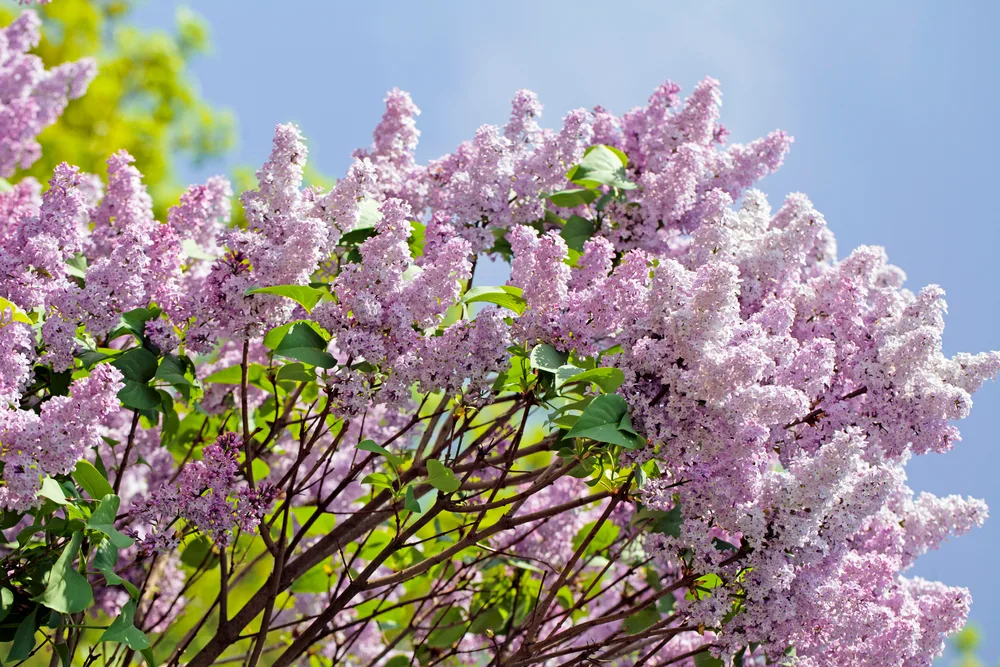
Providing bats with a cornucopia of insects will surely lure them into your garden.
And to attract night flying and crawling insects, you can grow fragrant flowers, night bloomers, and pale colored plants that reflect the moonlight.
Try plantings of French Marigold (Tagetes patula), Butterfly Bush (Buddleja davidii), Hyssop (Hyssopus officinalis), and Crabapple (Malus spp.).
Here are 20 more plant ideas for growing a moonlight garden.
4. Keep the Garden Natural
A worthy goal indeed, endeavouring to keep a yard and garden that is as close to nature as possible is better for the ecosystem, less work to maintain, and often cheaper to create.
As always, we recommend using organic materials like compost to boost plant growth, and an array of permaculture techniques like companion planting and beneficial insects.
By avoiding the use of synthetic pesticides and fertilizers, your outdoor spaces will be closer to the natural world and all its innate, self-regulating properties. Embrace the circle of life!
A natural environment will also create a better hunting ground for your resident bats. Bats can be poisoned too when they eat insects that have been sprayed with pesticides.
Bats also love to roost in dead trees. If you have a dead or dying tree that is sturdy in its place and doesn’t pose a hazard to your home, leave it be to provide a wonderful habitat for bats, birds, squirrels, and other woodland critters.
Final Thoughts on Bats
Sadly, many species of bat the world over are in decline. The little brown bat, for example, was a species of least concern in 2008 but as of 2018 is considered an endangered species. If nothing changes, they are expected to become extinct by 2026.
There are several reasons for this decline. Little brown bats are affected by “white-nose syndrome” caused by a fungus that attacks as they are hibernating in caves over winter. Most bats affected die as a result.
Other threats to bats are human caused: habitat loss due to deforestation, the widespread use of pesticides, and cave exploration that disrupts their hibernation cycle.
But creating a welcoming space for bats on your property is one small way to help protect and conserve these ecologically important creatures.

Get the famous Rural Sprout newsletter delivered to your inbox.
Including Sunday musings from our editor, Tracey, as well as “What’s Up Wednesday” our roundup of what’s in season and new article updates and alerts.

